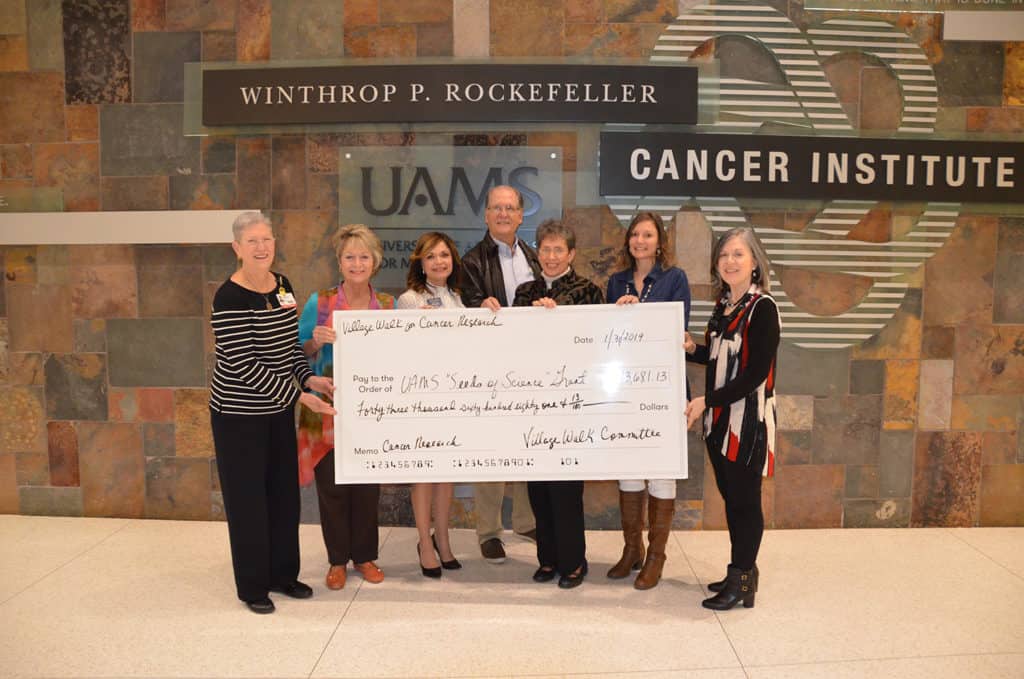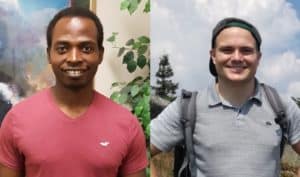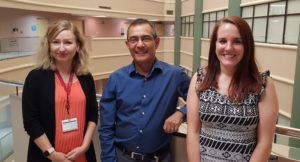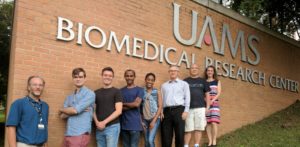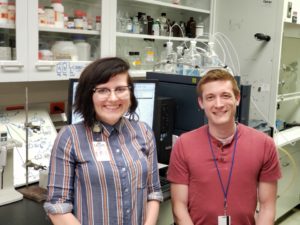Oleg Karaduta was selected to receive a Young Investigator Educational Grant to study clinical application of mass spectrometry during the MSACL 11th Annual Conference.
Curriculum includes short courses, practical training sessions and a variety of workshops. Congratulations Dr. Karaduta!

